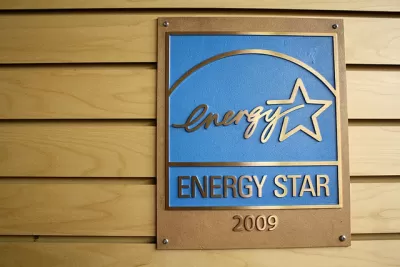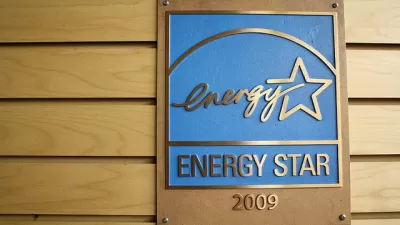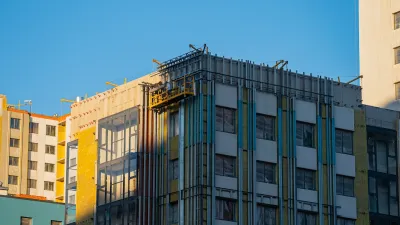According to an analysis by the Energy Efficiency for All coalition, California's Energy Savings Assistance Program could be four times as effective for low-income renters if it were better deployed.

California's Energy Savings Assistance Program has the potential to achieve four times the savings it currently does "if the California Public Utilities Commission (CPUC) approves increased investments, new measures, and innovative program delivery models," Maria Stamas and Jose Torres write.
That's based on a report by the Energy Efficiency for All coalition, which finds that as much as $200 million in utility bill savings are currently going unrealized. Part of the problem may be housing type: "at least one-third of those eligible for California's low-income energy efficiency assistance live in multifamily buildings, yet energy efficiency programs have historically underserved these residents."
At the same time, Stamas and Torres say, lower-income households tend to spend a larger proportion of their income on energy, and often live in older, poorly insulated rental housing with less efficient appliances. They're also likely to live closer to pollution sources like freeways and power plants.
By adopting better program design, funding models, and performance goals (more in the article) over the next 14 years, California's four largest investor-owned utilities could save 934 gigawatt hours of electricity, according to the report.
FULL STORY: Report: $200M in Renters’ Bill Savings Left on the Table

Trump Administration Could Effectively End Housing Voucher Program
Federal officials are eyeing major cuts to the Section 8 program that helps millions of low-income households pay rent.

Planetizen Federal Action Tracker
A weekly monitor of how Trump’s orders and actions are impacting planners and planning in America.

Ken Jennings Launches Transit Web Series
The Jeopardy champ wants you to ride public transit.

California Invests Additional $5M in Electric School Buses
The state wants to electrify all of its school bus fleets by 2035.

Austin Launches $2M Homelessness Prevention Fund
A new grant program from the city’s Homeless Strategy Office will fund rental assistance and supportive services.

Alabama School Forestry Initiative Brings Trees to Schoolyards
Trees can improve physical and mental health for students and commnity members.
Urban Design for Planners 1: Software Tools
This six-course series explores essential urban design concepts using open source software and equips planners with the tools they need to participate fully in the urban design process.
Planning for Universal Design
Learn the tools for implementing Universal Design in planning regulations.
Ada County Highway District
Clanton & Associates, Inc.
Jessamine County Fiscal Court
Institute for Housing and Urban Development Studies (IHS)
City of Grandview
Harvard GSD Executive Education
Toledo-Lucas County Plan Commissions
Salt Lake City
NYU Wagner Graduate School of Public Service





























